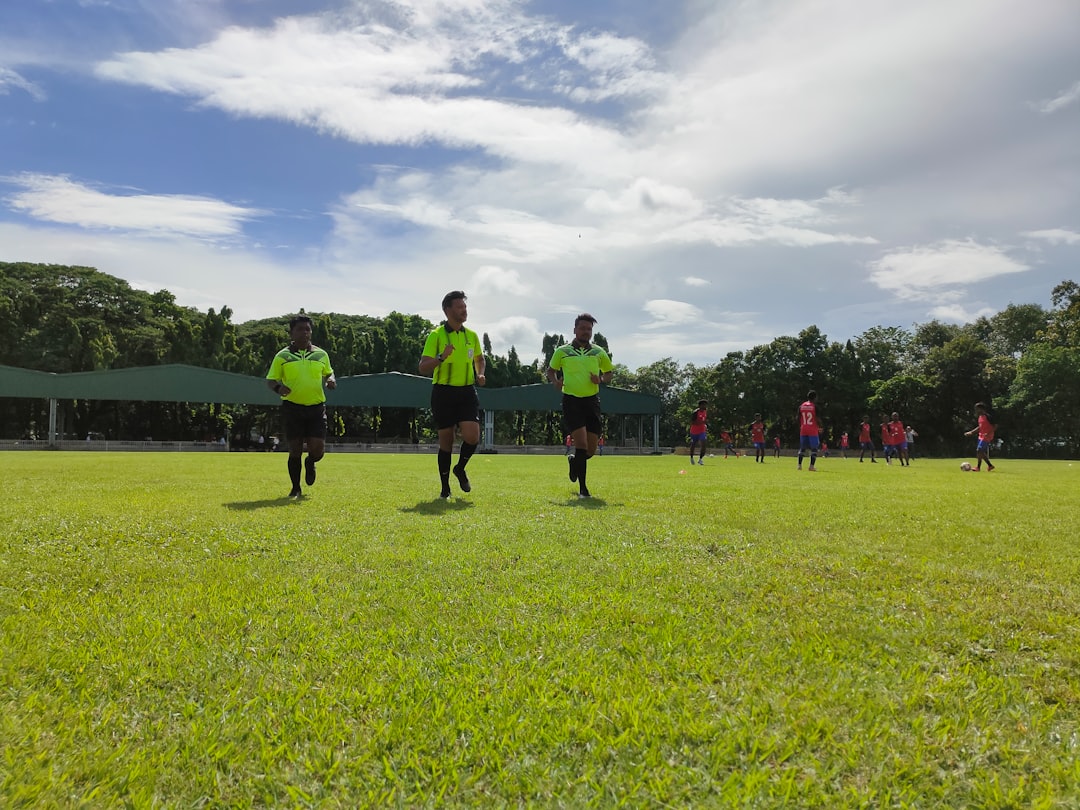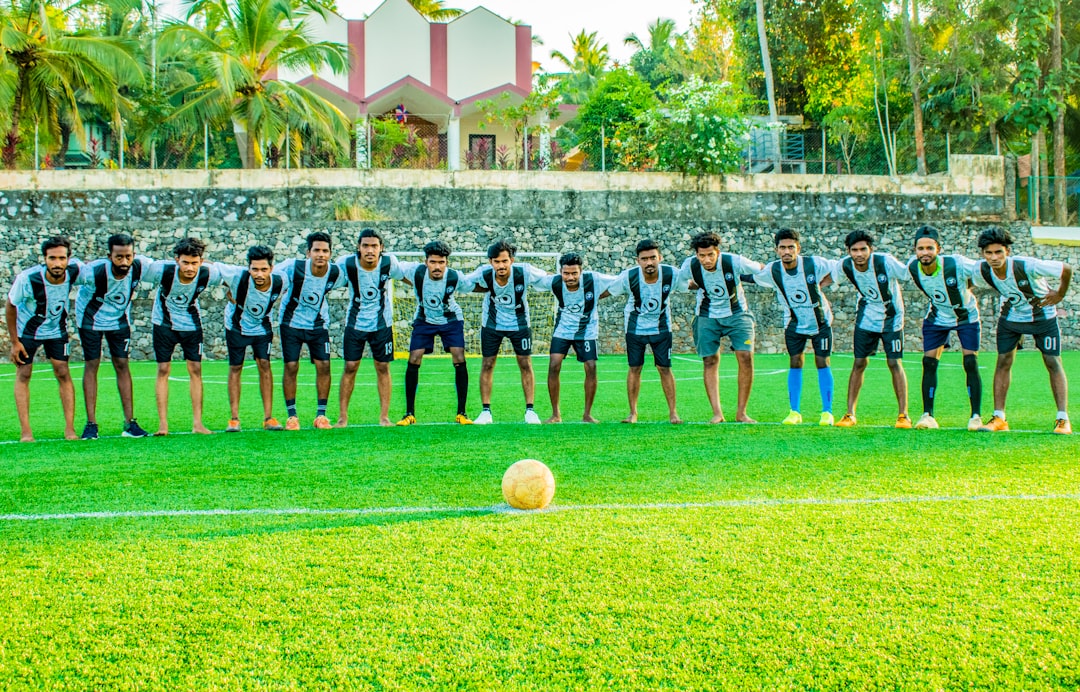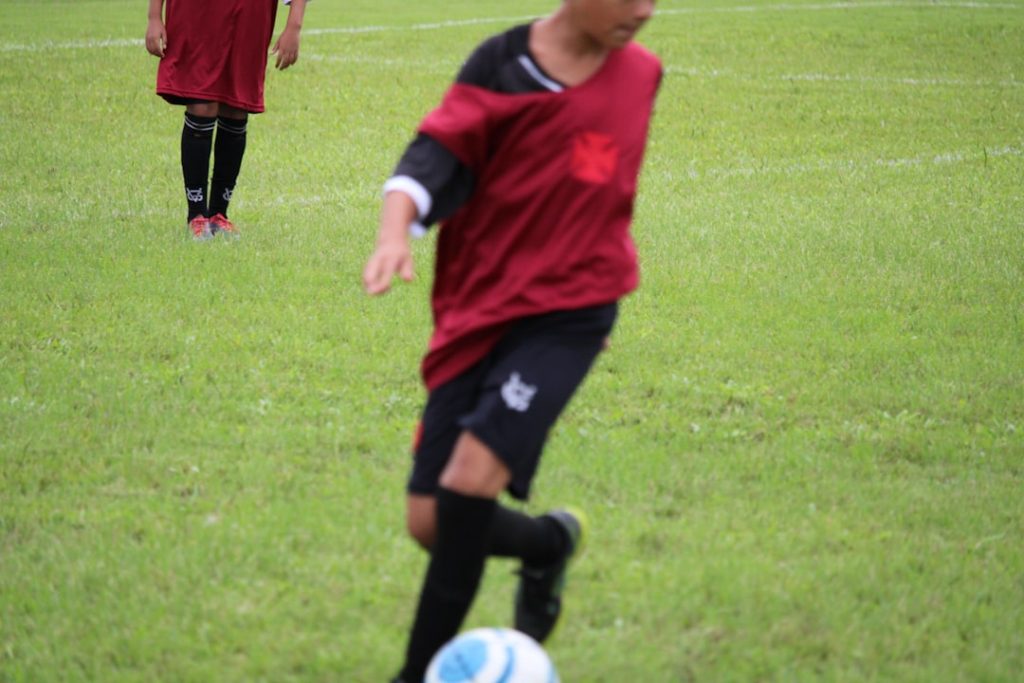Few exercises in soccer training offer as many benefits as the Rondo drill. Whether you’re molding young players or polishing the skills of seasoned professionals, Rondo drills are a powerful tool to develop technique, decision-making, and communication. Originally popularized by Spanish clubs such as FC Barcelona, this training method focuses on quick passing in tight spaces, mirroring game-like pressures and tempo.
What Is a Rondo Drill?
At its core, a Rondo drill involves a group of players forming a circle or square, passing the ball among themselves while a smaller number of defenders attempt to intercept the ball. Typical formats include 5v2, 6v3, or even 4v1, depending on the level and objective. The goal is simple: maintain possession under pressure, forcing constant movement and awareness.

Why Rondo Drills Are Essential
Rondo drills go beyond basic passing routines. They are integral in building the foundations of a well-functioning team. Here’s why they are indispensable:
- Improves Passing Accuracy: Players must deliver sharp, precise passes to maintain possession.
- Enhances Decision-Making: Quick thinking is essential to avoid losing the ball under high pressure.
- Develops First Touch: Controlled first touches help in setting up the next pass efficiently.
- Encourages Communication: Success in the Rondo relies on calls for “man on”, “time”, or “turn”.
- Simulates Match Conditions: The constant movement and pressure simulate the congestion and chaos of game situations.
Setting Up a Basic Rondo
To begin, organize a 5v2 Rondo as your base drill. Here is how:
- Players Required: 7 total (5 attackers, 2 defenders)
- Area: A square roughly 10×10 meters
- Objective: Keep possession while defenders attempt to intercept
- Rule Variation: If a defender wins the ball, they switch places with the player who lost possession or played a poor pass
This simple format can be adjusted to make it more challenging or specific to positional training.
Advanced Variations
Once your players are comfortable with basic Rondos, it’s crucial to increase complexity to keep development progressing. Here are a few ways to do that:
- Directional Rondo: Add end targets or goals to require purposeful passing and positioning.
- Two-Touch Limit: Restricts players to no more than two touches to improve speed and control.
- Overloaded Rondos: Use 6v3 or 7v4 setups to challenge fitness and concentration.
- Transition Rondos: After winning the ball, defenders must complete 3 passes or hit a target to earn full points.
Each variation targets a different tactical or technical area, which helps players develop a complete skill set necessary for competitive soccer.

Tips for Effective Rondo Training
For Rondo drills to achieve maximum effectiveness, coaches must apply structure and consistency. Below are a few expert tips:
- Coach Positioning: Stand where you can see all the players and correct postures or decisions.
- Quality Over Speed: Encourage technical excellence before increasing tempo.
- Constant Feedback: Provide real-time verbal coaching, especially on movement and communication.
- Focus on Body Shape: Players should open up their stance to receive on the half-turn.
Benefits at All Levels
Contrary to popular belief, Rondo drills are not just for elite football academies. Whether you’re coaching U-10s or veterans, the adaptability of Rondo exercises means benefits can be reaped at every level. Younger players develop fundamental technical skills, while older players refine tactical intelligence and team cohesion.
Incorporating Rondo into Team Culture
One of the hallmarks of teams like Manchester City and Barcelona is their habitual use of the Rondo. These drills serve as a daily warm-up but also establish the importance of control and composure. When consistently integrated into sessions, Rondos set the tone for a possession-based philosophy.

Conclusion
Mastering Rondo drills is not just about keeping the ball away from defenders — it’s about embedding the heartbeat of intelligent, technical soccer. By emphasizing control, rhythm, and unity, Rondos become more than just an exercise. They are a window into how a team thinks, plays, and connects. When done correctly and consistently, they can transform the rhythm and vision of any soccer team, making them an indispensable tool in every coach’s repertoire.
